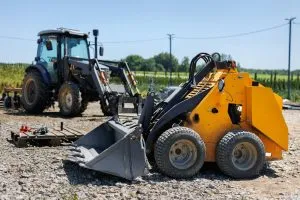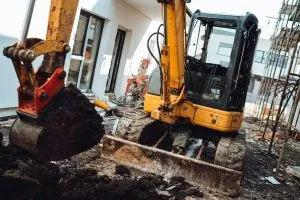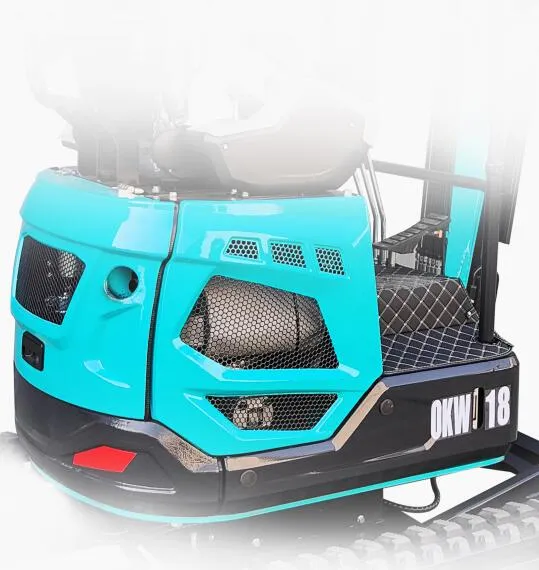When purchasing a concrete mixer truck, some customers feel that the larger the volume of the mixer truck is, the better, and it is economical and efficient. Although theoretically, this concept is correct, in fact, if you choose to use and mix like this, the larger the volume is bound to be The bigger the tank.
The large tank volume not only affects the cost but also affects the performance of the vehicle. The driving safety factor is low. The larger the tank, the higher the center of gravity, and the vehicle stability is poor. Therefore, car owners and friends should choose the appropriate concrete mixer according to the working conditions of the mixer truck operation, economic benefits, performance, safety, and other factors.
So how to choose the volume of cement truck mixer ? First of all, the volume of the cement truck mixer cannot be simply regarded as the volume of the tank. There must be a clear distinction between three concepts:
The geometric volume of concrete truck
The actual geometric volume in the mixing tank refers to the geometric volume calculated by mathematical methods during the design of the mixing tank.
Mixing dynamic volume
the amount of ready-mixed concrete that the mixer truck can transport (calculated by the volume after tamping). It can be regarded as the concrete volume that the mixer truck can unload at the project site, and the ready-mixed concrete capacity is calculated as 2400kg/m3.
Mixing volume of concrete truck mixer
The mixing truck is placed in a horizontal position, the mixing barrel can hold the largest unmixed concrete material (including water), and the amount that can be mixed and transported to the concrete (calculated by the volume after tamping).

The relationship between the three should be: geometric volume of mixer truck> mixing volume> dynamic mixing volume. The volume that users often refer to should refer to the stirring volume. Therefore, when purchasing a mixer truck, pay attention to distinguish the mixing volume of the vehicle.






